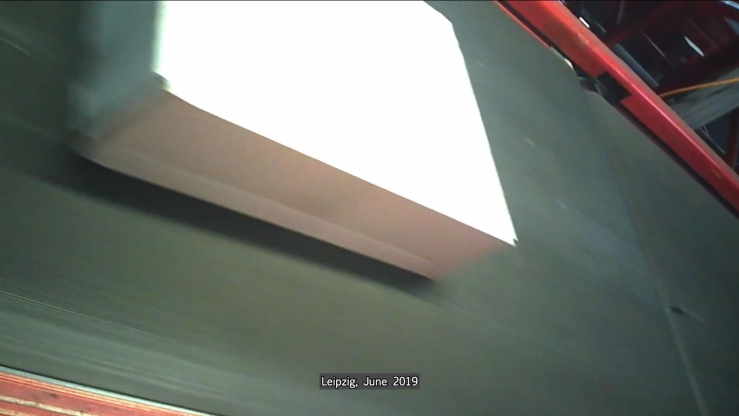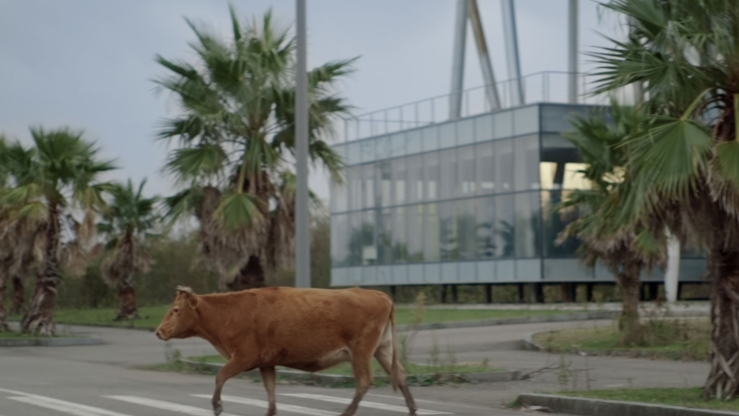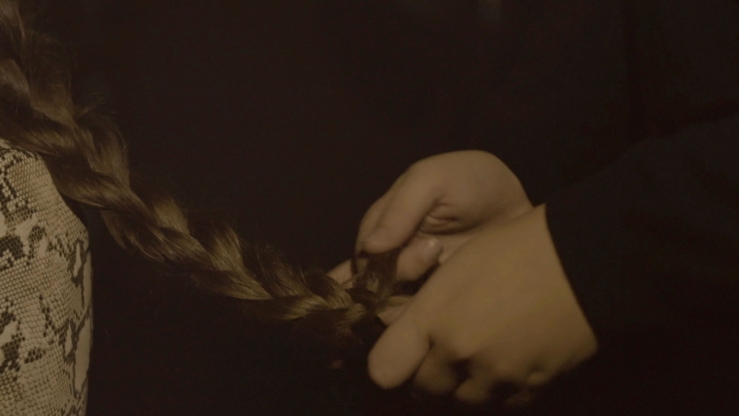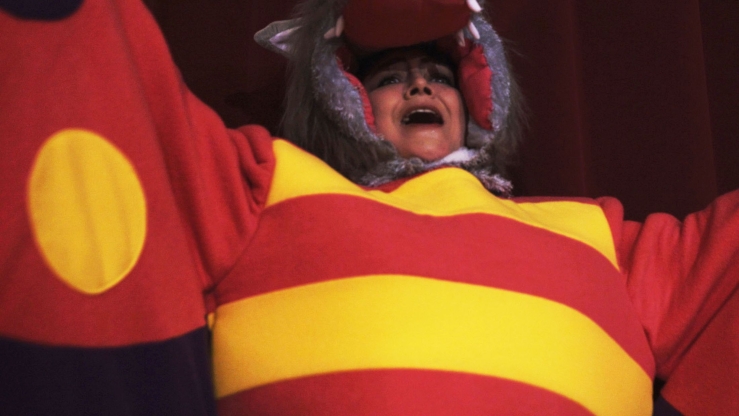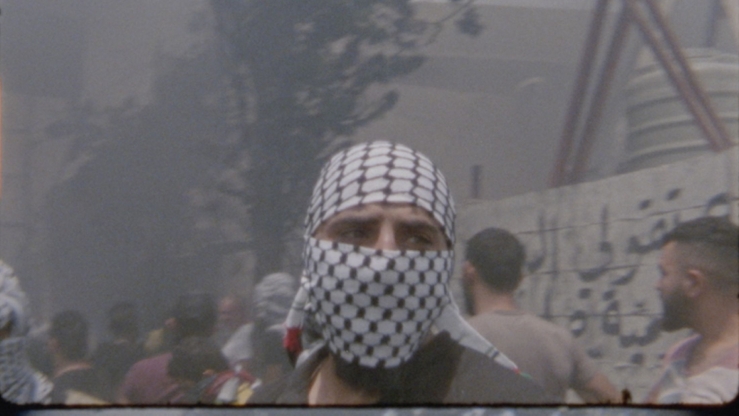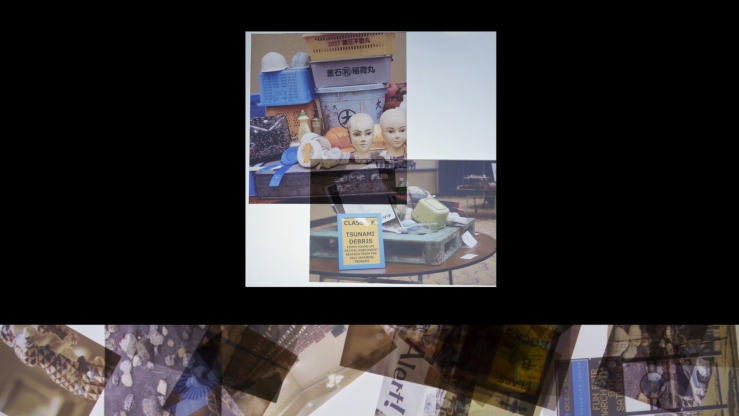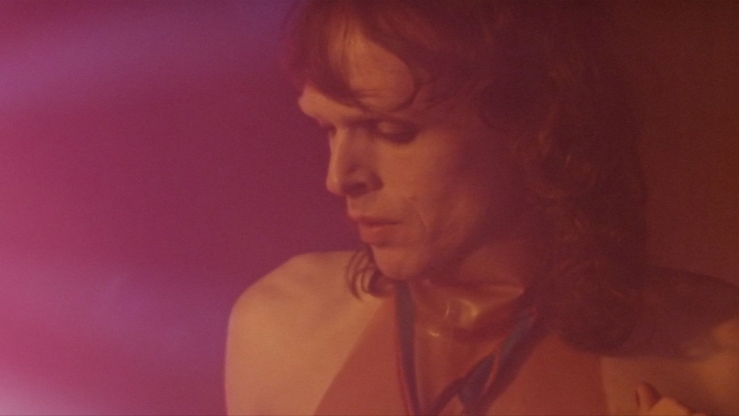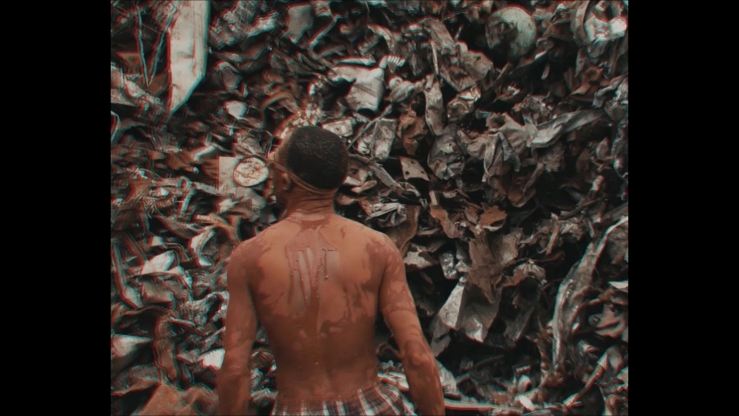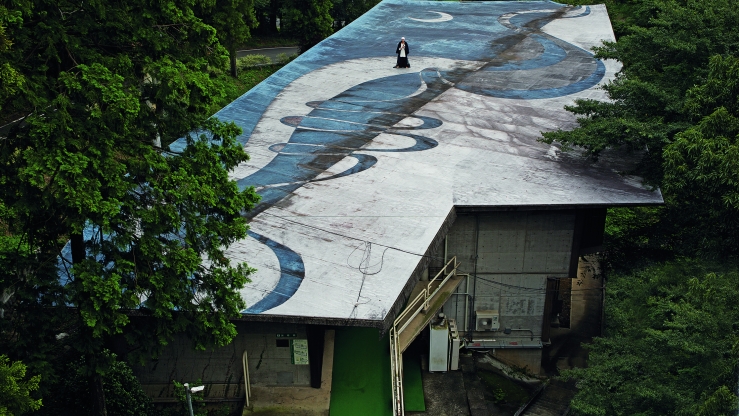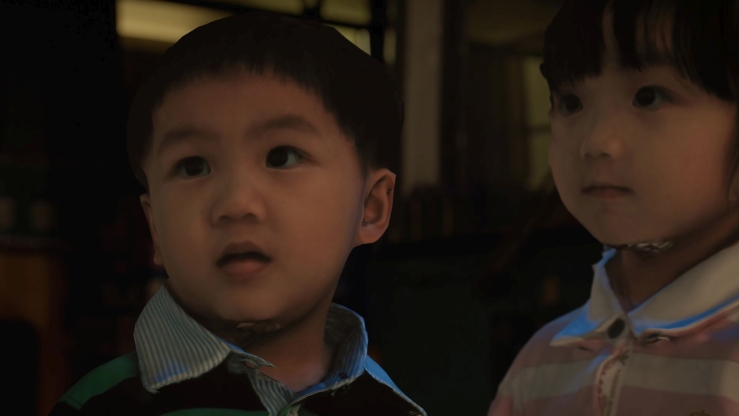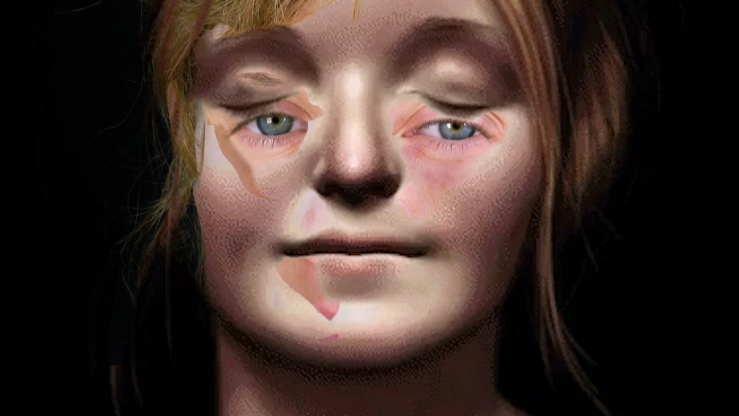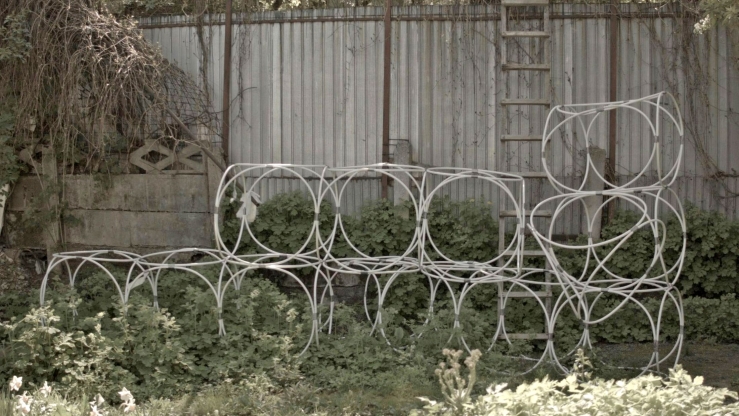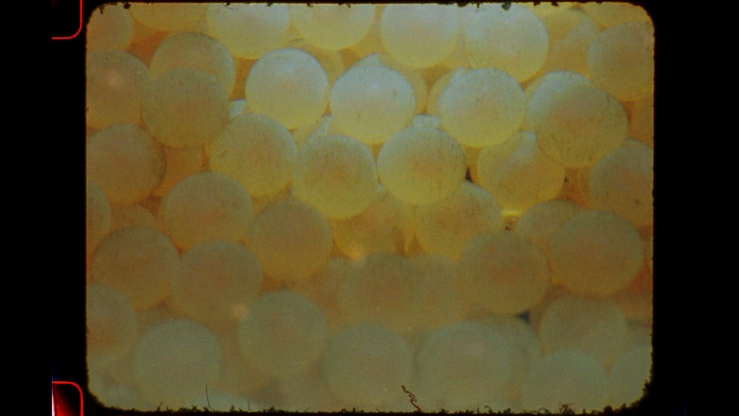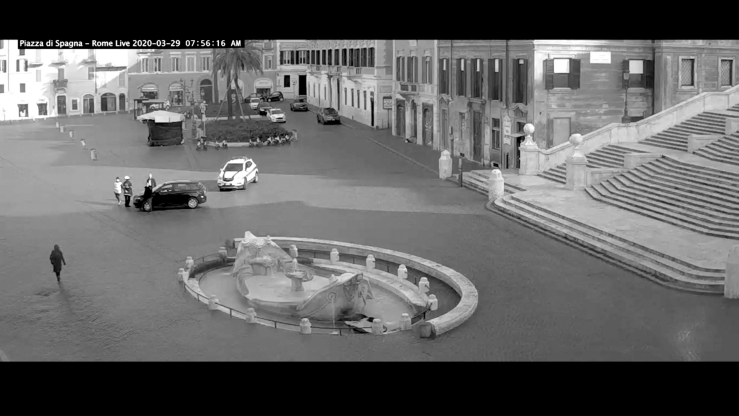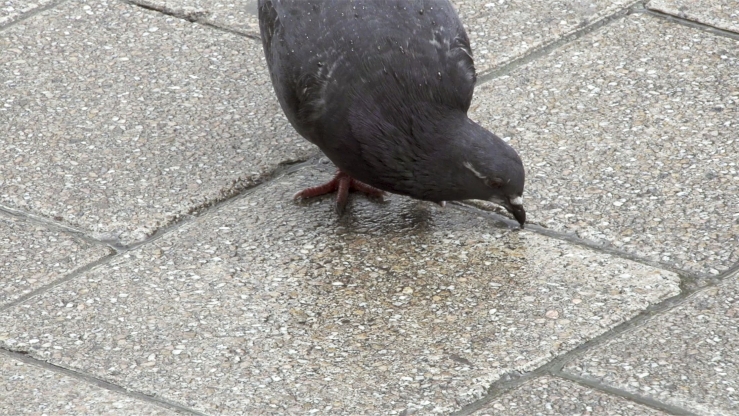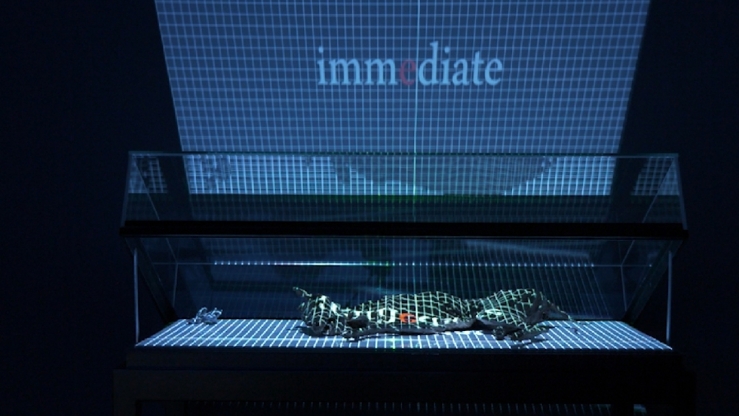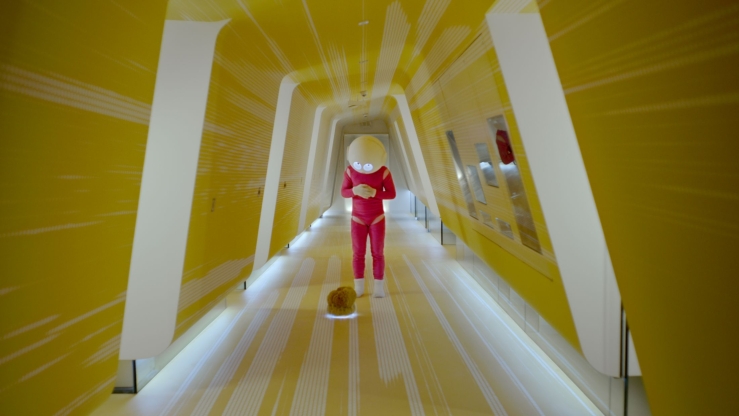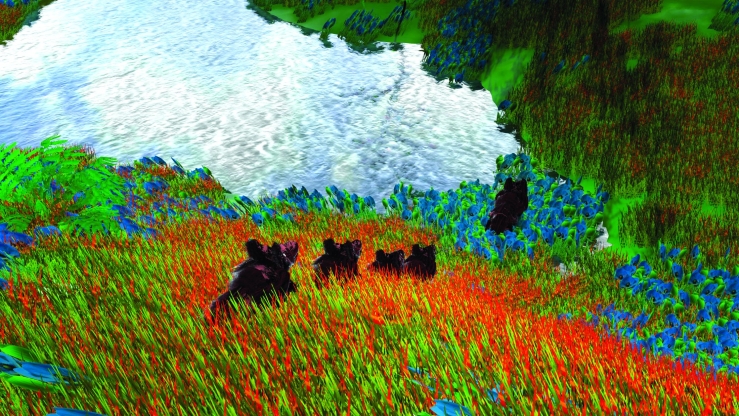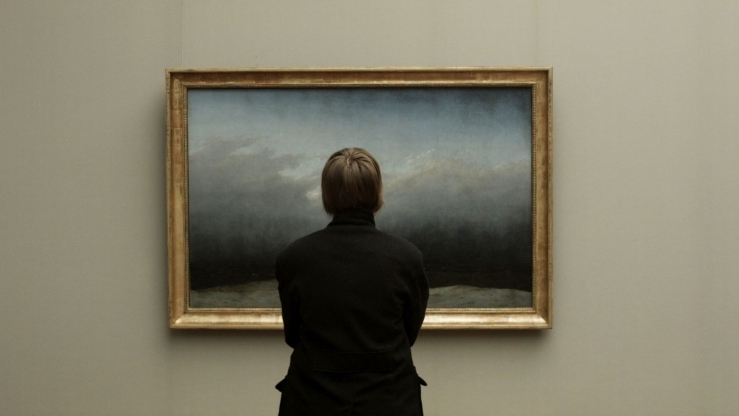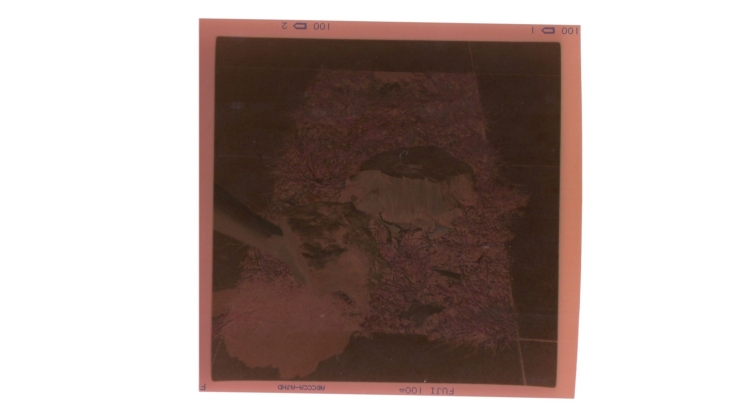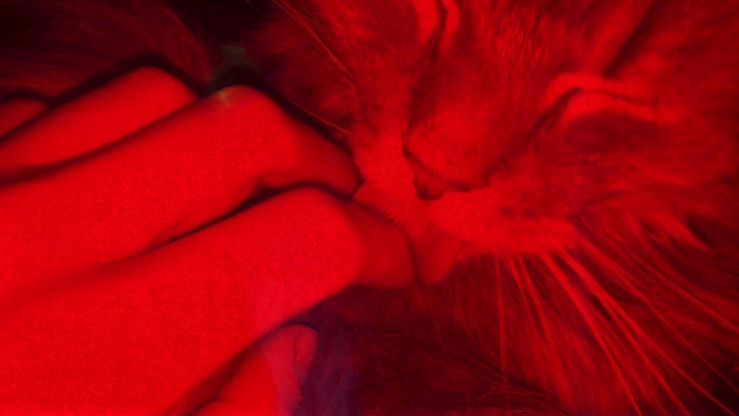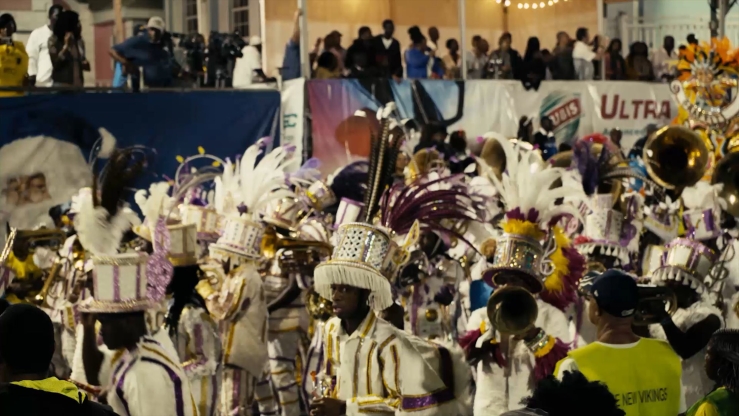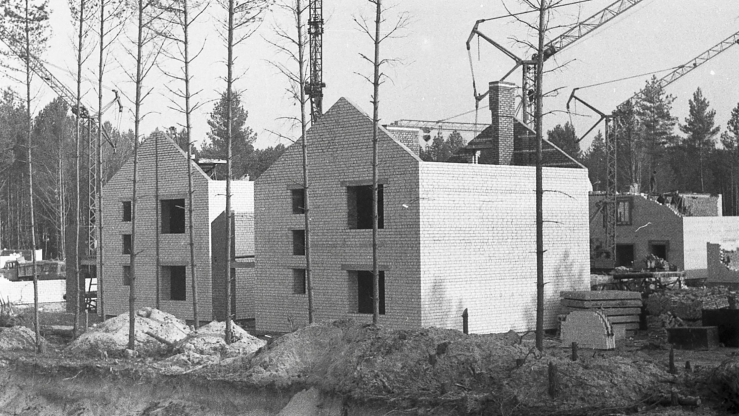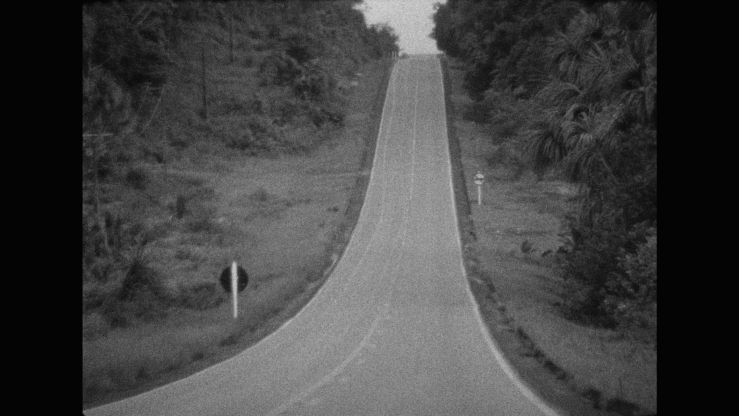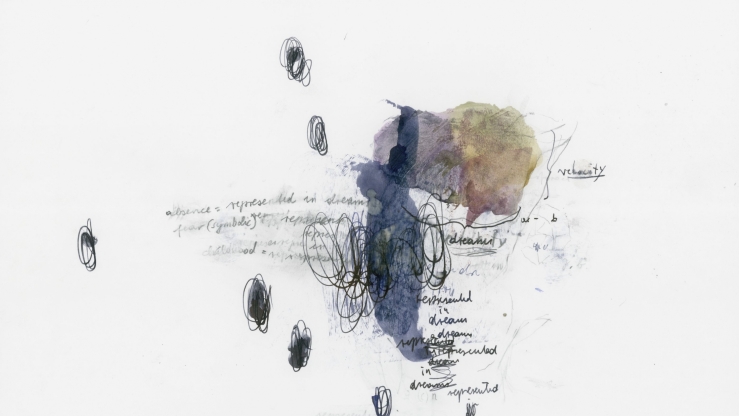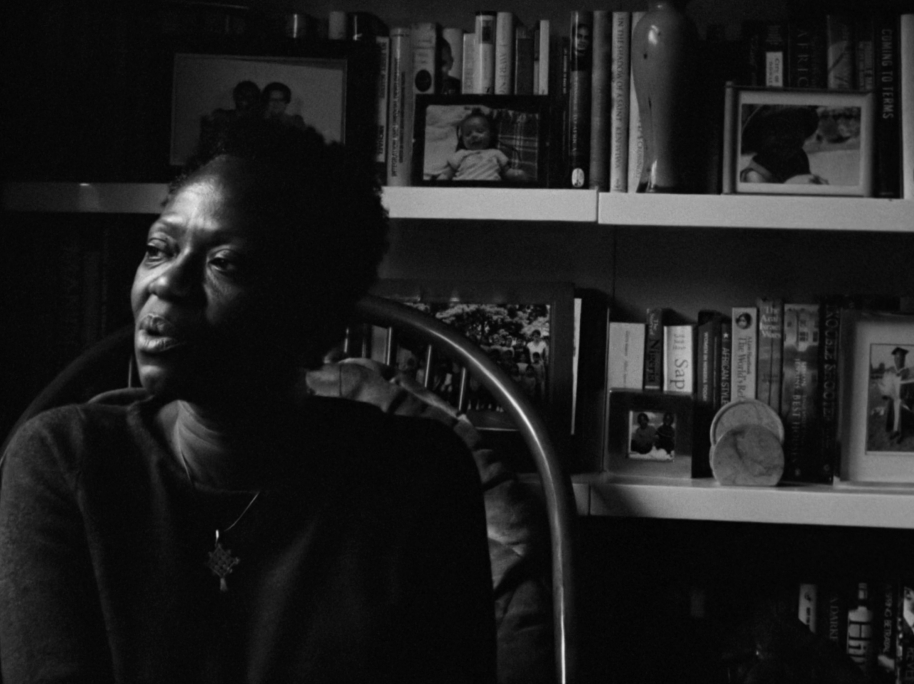
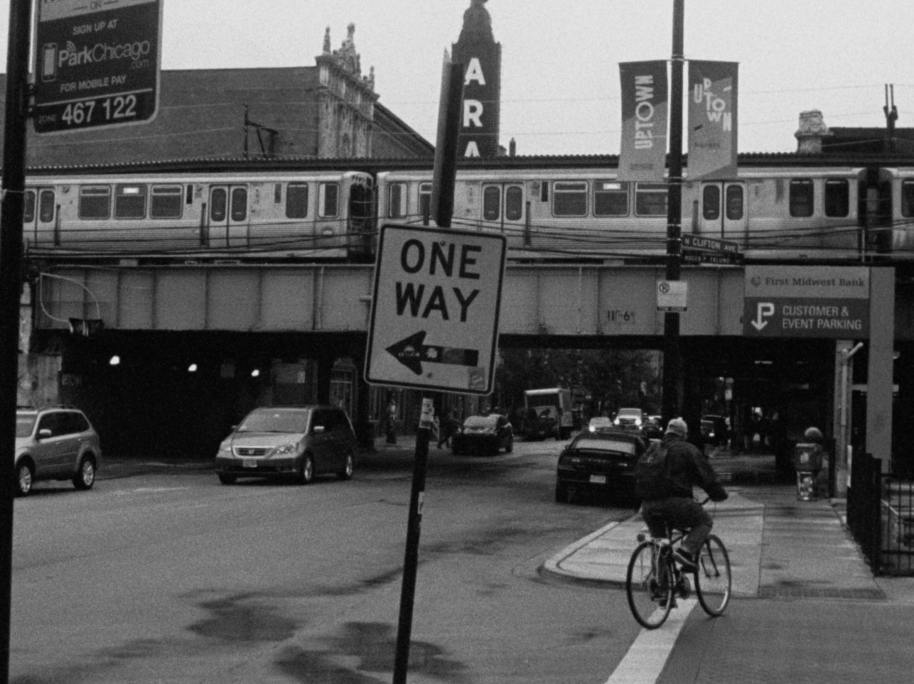
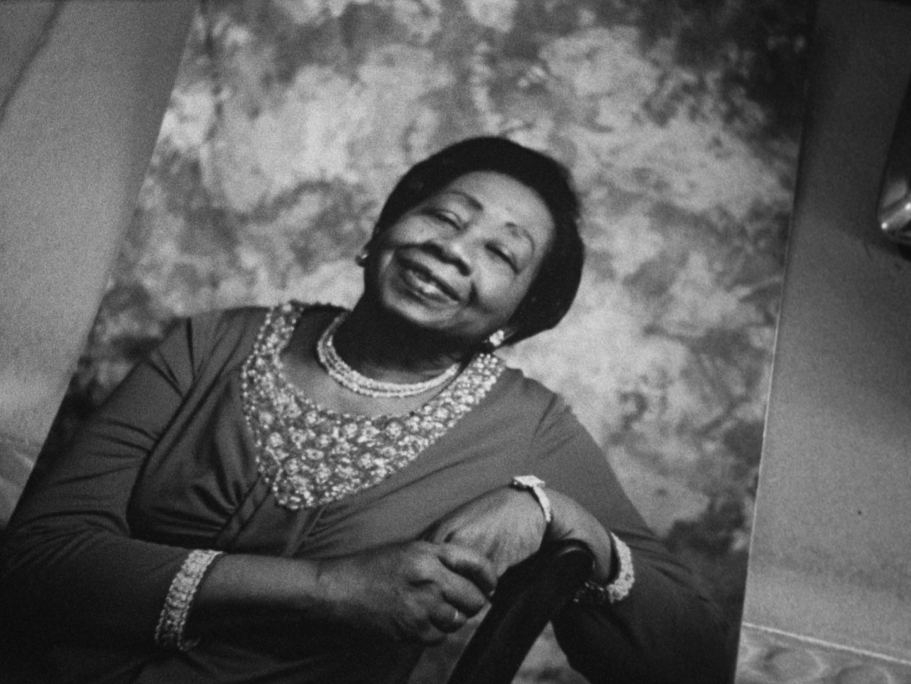
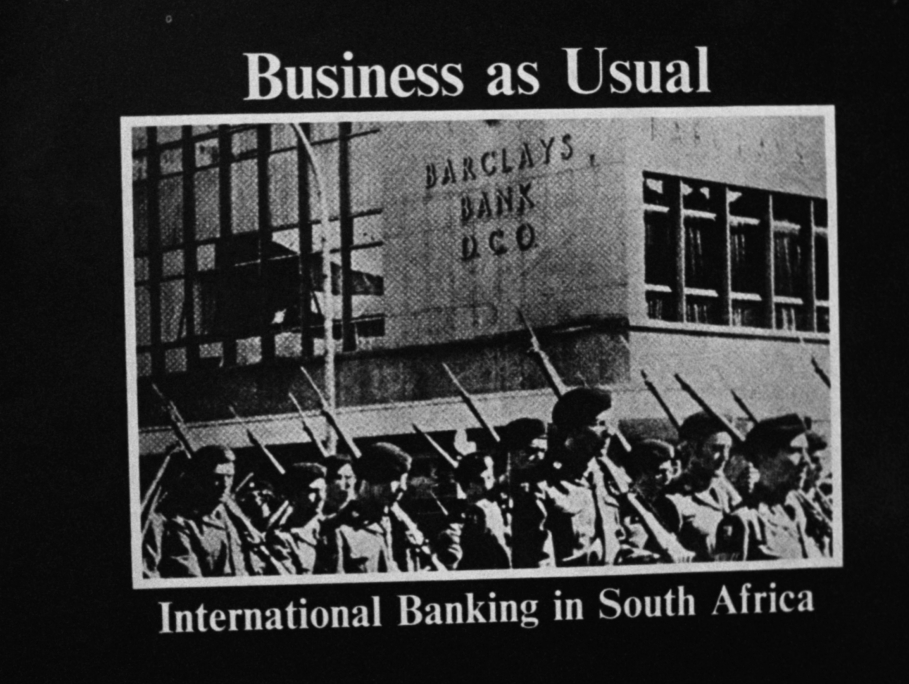
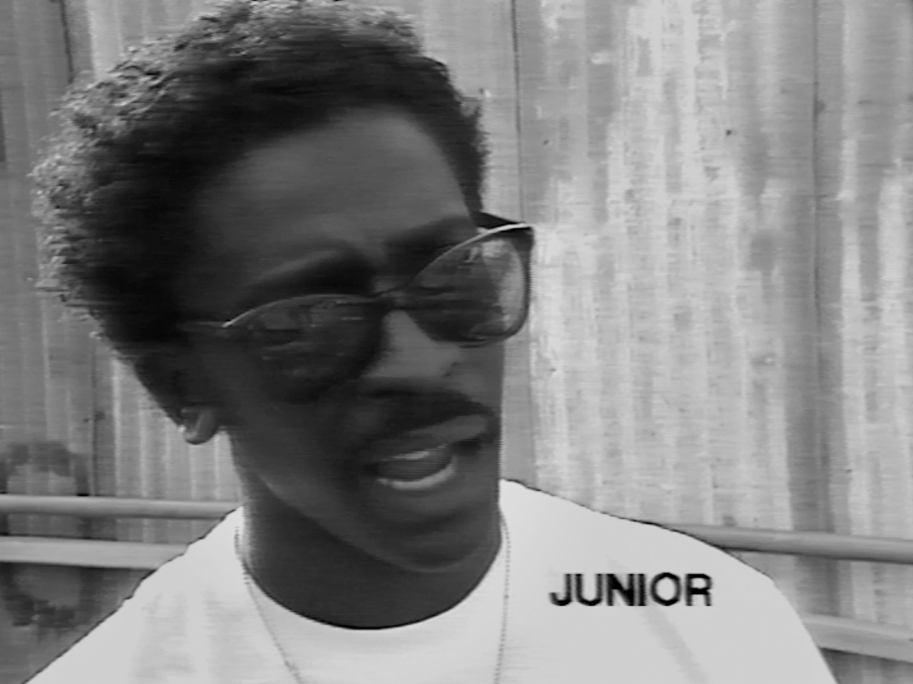
Morgan Quaintance &
Morgan Quaintance’s South is a densely encoded and delicately poetic montage on the traditions of social justice movements and community organizing. In three chapters, the London-born artist, curator, and writer reconsiders the relation between collective re-imaginations of the public sphere, the antagonistic notions around the private and the political, and the momentariness of the abled body. Linked through the biographical details of Quaintance having lived in both cities, the film delves into the peculiar histories of the anti-racist liberation movements in Chicago’s Southside in 1968 and South London in 1986. Bringing together diverse material that includes 16mm celluloid, archival and found footage material of the VHS era, or Google Street View imagery, South pays tribute to subjective and collective efforts for social transformation. It does so by featuring a variety of historical and contemporary agents, including community company director Barbara Van Praag, social justice advisor Lela Kogbara, Anti-Apartheid activist and historian Christabel Gurney, and civil rights activists Peggy Terry and Hy Thurman. In South’s first chapter, Quaintance’s investigation of the Chicago movement in the 1960s reveals both the historical violence of systemic racism and the formation of unprecedented alliances between anti-hegemonic movements beyond class and race in radical times. Among them was the First Rainbow Coalition created by activists of the Black Panther Party for Self Defense Chicago branch and the Young Patriots Organization established by poor and displaced Southern white youth. The second part of South is being introduced through an interview excerpt depicting a London youth activist who poignantly states that »freedom is something to be cherished«. This is followed by a montage of footage that foregrounds the links between the South African Anti-Apartheid solidarity movement in London and the local anti-racist struggles that lead, amongst others, to the March of Freedom and a subsequent six hours long charity concert at Clapham Common. South’s third and last chapter expands the implications of the private as intrinsically defining the political realm through enigmatically sharing data imagery around a medical diagnosis that pinpoints the abled body as a political privilege and the intersections between politics, theory, and (artistic) practice. (Viktor Neumann)
Artist statement
In terms of my practice, the film I’m showing as part of V18 represents the definite closure of a specific period of focus. South is a work that moves back and forth between its ostensive subject matter (liberation movements in London and Chicago) and a more impressionistic exploration of my own mortality. Formally speaking, this means the semiotic universe of the film seems to collapse into itself at points, leaving the viewer adrift from a factual anchor, which in turn invites and encourages them to rely on an intuitive and affective reaction to the sounds and images presented.
I’m becoming increasingly interested in those moments of collapse, specifically in relation to narrative construction or biographical exploration. And so, although I will always resist tying my practice to a reoccurring set of static concerns (like conflict, time or identity, for example), I can definitely say that this affective territory of shifting symbolic significance, and the formal possibilities that it seems to be opening up, are where my work is heading to next. (Morgan Quaintance)
Images: Morgan Quaintance, South, 2020 © Morgan Quaintance
By continuing to visit this site, you accept the use of cookies by Matomo Analytics for statistical purposes.
About the Artist
About the Work
By continuing to visit this site, you accept the use of cookies by Matomo Analytics for statistical purposes.

